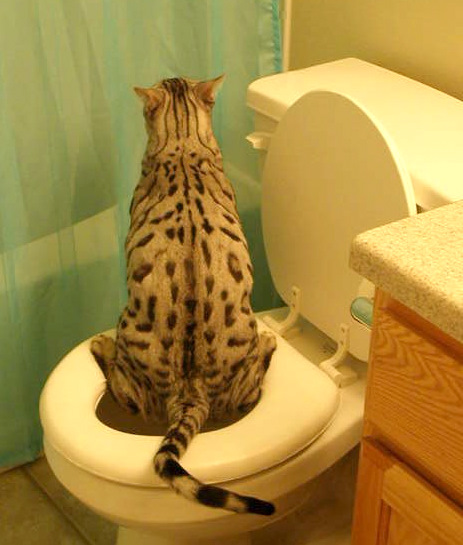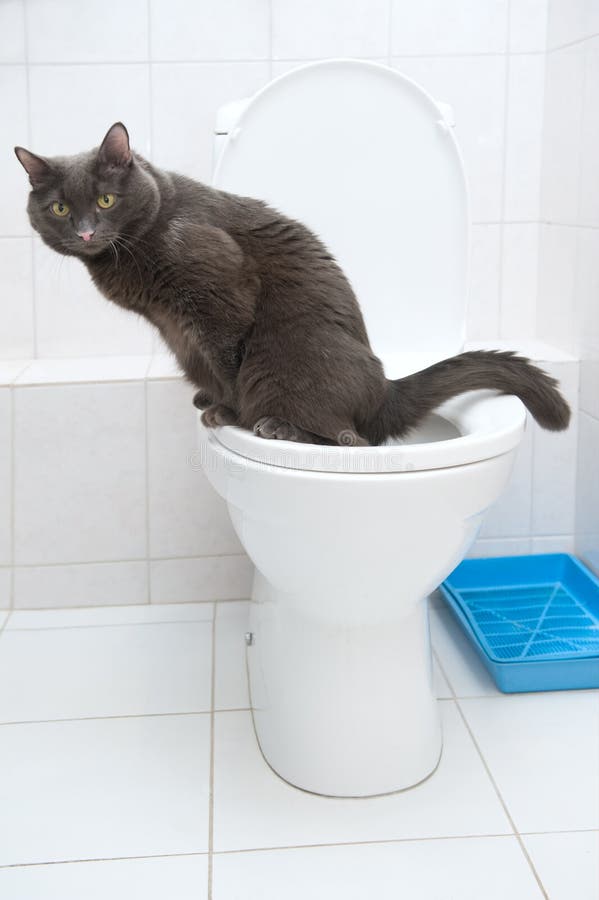Exploring Why Animal Waste Should Not Be Flushed Down the Toilet
Exploring Why Animal Waste Should Not Be Flushed Down the Toilet
Blog Article
The article directly below on the subject of 4 Reasons Why Dog Poop Cleanup is Important is truly entertaining. Don't skip it.

When it comes to disposing of waste, especially animal waste, many people typically turn to the convenient choice of flushing it down the commode. However, this relatively very easy service can have serious repercussions for the atmosphere and public health. In this write-up, we'll check out why flushing animal waste down the bathroom is a poor idea and provide alternate approaches for appropriate disposal.
Introduction
Appropriate garbage disposal is critical for keeping environmental sustainability and public health. While it may appear safe to purge animal waste down the bathroom, it can result in different problems, both for the environment and human health.
Dangers of flushing pet waste
Environmental influence
Flushing pet waste introduces dangerous bacteria and virus into rivers, which can adversely impact water ecosystems. These microorganisms can infect water resources and harm marine life, disrupting delicate ecological communities.
Public health concerns
Animal waste contains damaging germs such as E. coli and Salmonella, which can posture major health and wellness dangers to human beings. Purging animal waste down the commode can contaminate water products, causing the spread of illness and infections.
Alternatives to flushing
As opposed to flushing animal waste down the bathroom, there are a number of alternative disposal approaches that are a lot more eco-friendly and sanitary.
Composting
Composting pet waste is a green means to deal with it. By composting, organic matter is broken down click here into nutrient-rich soil, which can be used to feed yards and plants.
Landfill disposal
Throwing away animal waste in a land fill is an additional choice. While not as eco-friendly as composting, it is a safer alternative to flushing, as it stops the contamination of water resources.
Animal waste disposal systems
There are specific pet dog waste disposal systems readily available that securely and hygienically deal with animal waste. These systems often utilize enzymes to break down waste and remove smells.
Steps to correct pet garbage disposal
To ensure proper disposal of animal waste, comply with these actions:
Scooping and getting waste
On a regular basis scoop and bag animal waste using eco-friendly bags. This prevents waste from polluting the setting.
Using designated waste containers
Dispose of bagged animal waste in designated waste bins, such as compost containers or garbage dump containers. Prevent flushing it down the toilet in any way costs.
Cleansing litter boxes and animal areas regularly
On a regular basis tidy can and pet areas to stop the build-up of waste and bacteria. Usage pet-safe cleaning items to preserve health.
Benefits of correct disposal techniques
Taking on proper disposal approaches for animal waste provides numerous benefits:
Lowered environmental pollution
Proper disposal techniques lower the risk of environmental pollution, securing rivers and communities from contamination
Lessened threat of water contamination.
By staying clear of flushing pet waste down the bathroom, the danger of water contamination is significantly reduced, protecting public health.
Enhanced cleanliness and hygiene
Proper disposal methods promote better hygiene and health, developing a safer setting for both human beings and pets.
Final thought
To conclude, purging animal waste down the toilet is harmful to the setting and public health. By embracing alternate disposal methods and adhering to appropriate waste management techniques, we can reduce the negative influence of animal waste and add to a cleaner, healthier earth.
What To Do With Dog Poo – The Do's And Don'ts Of Disposing Of Faeces
Dog poo bins
Some councils provide dedicated dog waste bins in popular dog-walking areas that can take dog poo that has been bagged but you can legally dispose of dog waste in any public litter bin, as long as it is securely bagged. This also applies to your wheelie bin at home.
Do not flush
Water companies do not recommend flushing dog faeces down the toilet because certain parasites can survive the water processing treatment and are potentially harmful to humans. You should also never consider flushing dog poo that has been bagged down the toilet as the bags will not break down and instead create severe blockages in the sewage system.
In the woods
The Forestry Commission promotes a ‘stick and flick’ method for dealing with waste in the woods. This means finding a stick and using it to flick any poo from off the path so that it is out of the way of other walkers. You could also bury it as long as it is not in an area where there might be livestock.
Livestock
Parasites found in dog poo can be transmitted to livestock if they inadvertently eat infected faeces that has been left on grazing land. This could result in the death of sheep or abortion in cattle so you should always make sure you pick up your dog’s waste in fields where livestock could be present.

On a regular basis tidy can and pet areas to stop the build-up of waste and bacteria. Usage pet-safe cleaning items to preserve health.
Benefits of correct disposal techniques
Taking on proper disposal approaches for animal waste provides numerous benefits:
Lowered environmental pollution
Proper disposal techniques lower the risk of environmental pollution, securing rivers and communities from contamination
Lessened threat of water contamination.
By staying clear of flushing pet waste down the bathroom, the danger of water contamination is significantly reduced, protecting public health.
Enhanced cleanliness and hygiene
Proper disposal methods promote better hygiene and health, developing a safer setting for both human beings and pets.
Final thought
To conclude, purging animal waste down the toilet is harmful to the setting and public health. By embracing alternate disposal methods and adhering to appropriate waste management techniques, we can reduce the negative influence of animal waste and add to a cleaner, healthier earth.
What To Do With Dog Poo – The Do's And Don'ts Of Disposing Of Faeces
Dog poo bins
Some councils provide dedicated dog waste bins in popular dog-walking areas that can take dog poo that has been bagged but you can legally dispose of dog waste in any public litter bin, as long as it is securely bagged. This also applies to your wheelie bin at home.
Do not flush
Water companies do not recommend flushing dog faeces down the toilet because certain parasites can survive the water processing treatment and are potentially harmful to humans. You should also never consider flushing dog poo that has been bagged down the toilet as the bags will not break down and instead create severe blockages in the sewage system.
In the woods
The Forestry Commission promotes a ‘stick and flick’ method for dealing with waste in the woods. This means finding a stick and using it to flick any poo from off the path so that it is out of the way of other walkers. You could also bury it as long as it is not in an area where there might be livestock.
Livestock
Parasites found in dog poo can be transmitted to livestock if they inadvertently eat infected faeces that has been left on grazing land. This could result in the death of sheep or abortion in cattle so you should always make sure you pick up your dog’s waste in fields where livestock could be present.

As a passionate person who reads about Should you flush animal waste down the toilet, I assumed sharing that piece of content was a great idea. Those who enjoyed our blog posting please don't forget to share it. Thanks for your time. Return soon.
Visit Site Report this page